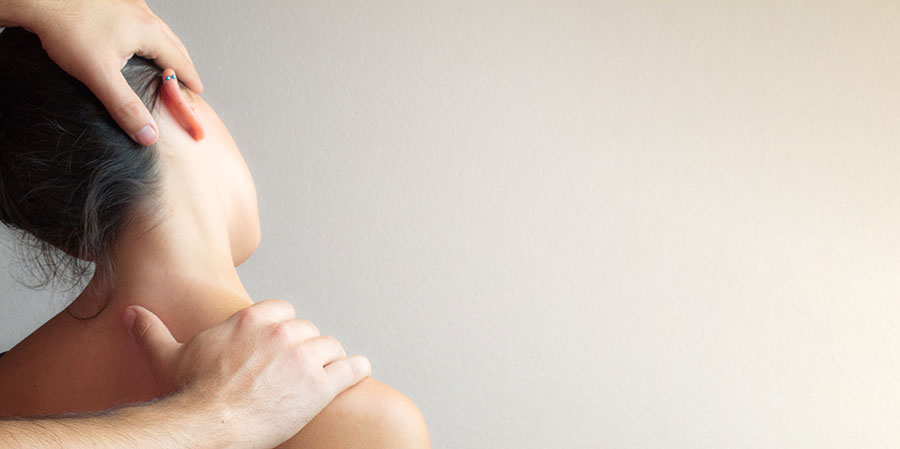In good hands
Manual lymphatic drainage is a versatile massage technique.
Story: Cassia Fernandes
What is the lymphatic system and what is it for?
The lymphatic system is a complex network of vessels that move fluids through our bodies. These vessels have the function of draining the excess liquid that leaves the blood and bathes the cells. This excess fluid that circulates in the lymphatic vessels and is returned to the blood is called lymph.
The lymphatic system is one of the main components of our immune system, collaborating directly with white blood cells to protect us against invading bacteria and viruses through the production of immune cells: lymphocytes, monocytes and antibody-producing cells, known as plasma cells.
What is manual lymphatic drainage and what is it for?
Manual lymphatic drainage (MLD), a type of massage, was developed in the 1930s by Danish biologist Emil Vodder and his wife, Estrid Vodder. From their experimental work, other researchers such as Michael and Ethel Földi and E. Kuhnke (Germany), Judith R. Casley-Smith (Australia) and Albert and Olivier Leduc (Belgium) then developed the scientific basis of the technique and created a line of work within the manual lymphatic drainage. The maneuvers are slow, rhythmic and smooth, and promote well-being and relaxation.
Essential after plastic surgery
Plastic surgery has become part of the daily lives of men and women looking for a body as close as possible to the standard of beauty that society imposes on us. The development and sophistication of the techniques used today make many people opt for such a procedure. In general, in various plastic surgeries, such as liposuction, abdominoplasty, liposculpture and others, there will be rupture of cells and blood vessels and removal of adipocyte cells. This is due to the peeling and cutting that needs to be done in the skin layers.
Consequently, all of this generates an accumulation of fluids and a tendency to form fibrosis. Thus, manual lymphatic drainage is essential in the immediate postoperative period, minimizing complications and ensuring a good result of the surgery. It should be started as soon as possible, respecting your doctor’s advice.
In the first session of MLD, reduction of edema and improvement of pain and bruising can be observed, in addition to the prevention and minimization of the formation of hypertrophic scars, retractions and keloids.
Serves many purposes
Manual lymphatic drainage can be done preventively during pregnancy, since fluid retention is a marked feature at this stage of a woman’s life.
In the premenstrual period, when there is a loss in blood circulation, making it difficult for oxygen to reach the entire body, MLD can eliminate the toxins that cause irritation and also reduce water retention.
In cellulite, whatever its cause, the problem begins with a process of fluid retention that will lead to poor oxygenation of the tissue, hardening to form the lump. With drainage, it will eliminate excess liquid and break the vicious cycle of cellulite.
MLD can provide facial revitalization through the reduction and smoothing of the expression lines, oxygenating the skin and leaving it firmer and with more vigor. It maintains tone and prevents aging, improving cell nutrition. It also helps in the prevention of acne and can be a great ally for teenagers.
The benefits of manual lymphatic drainage are:
- Detoxify the body.
- Eliminate accumulated liquids in the body.
- Enable the immune system.
- Promote pain relief.
- Relieve bruises and bumps.
- Can be applied in the treatment of cellulite.
About the writer → Cassia Fernandes is a physiotherapist specializing in dermato-functional physiotherapy and urogynecology.

